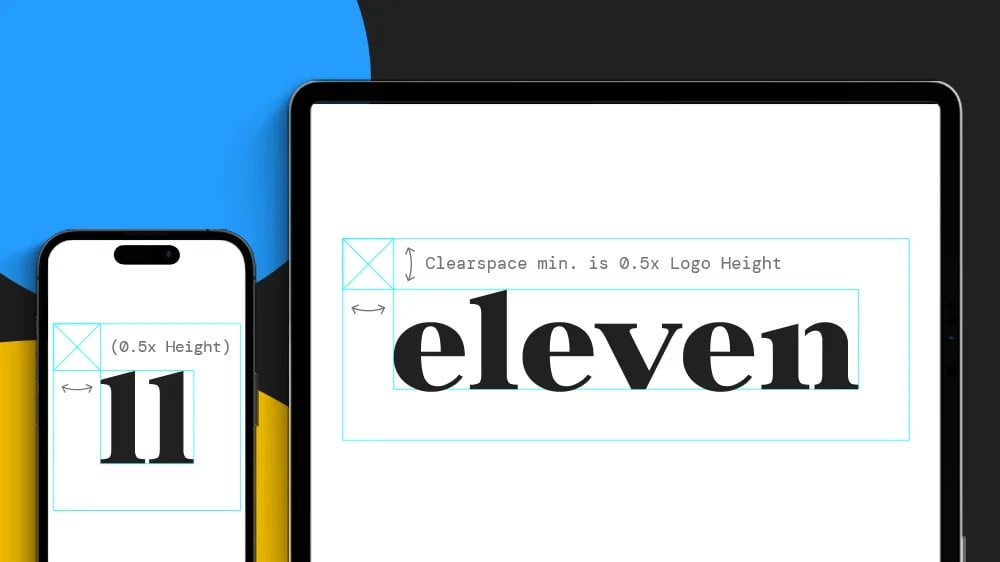Define your goals from the outset
Make sure that the virtual event you’re planning provides value to your audience. What is it that you are offering them? What will they take away from it? Your virtual event will need to be able to encourage people to go back to their laptops after a long day, so it’s important to make the offer clear from the start.
You’ll also need to define the practical elements at this stage. Is it free for your audience to attend? Will access to the live event be gated by a password, or will it be open to all?
Will the virtual event be recorded so your audience can access it afterwards? And lastly, how will you follow up with attendees? Virtual events are incredibly valuable for the audience data they provide, making it much easier for you to monitor and follow up with those that attended.
Consider including fun goodies and giveaways
Goody bags have long been a staple at in-person events and exhibitions. They are an effective way of thanking your guests for attending and giving them a little something to enjoy or perhaps remember you by.
What many organisations forget is that goody bags can be incorporated into virtual events too. Sending goody bags in the post to guests to your virtual event could be that little value added extra that convinces your audience to attend. This needn’t be expensive, as something as simple as a package of tasty refreshments can be a great way to make your guests feel appreciated. It can also give them something to enjoy during the event and perhaps even post to their social media, helping to raise your brand awareness.
Promote it clearly on the right platforms
Promoting a virtual event works a little differently than an in-person one. Whilst you’ll be looking to promote a physical event at least a month before it happens to allow potential visitors time to plan their travel, your virtual events can be promoted just a matter of days before they happen. For this reason, make sure that what you’re offering is crystal clear to your audience.
You’ll also want to make sure that you’re using the right channels to reach your target audience. For example, email marketing is a great approach if you’re looking to target contacts in your existing database. Or if you’re looking to attract particular industry professionals that you don’t have contact details for then LinkedIn In Mail could be the right tool for you.
Make it accessible
Just as with any physical event, making a virtual event inclusive and accessible to your audience is crucial. Make sure that you use clear, easy to read language and that any graphics or visuals you are using are as visually accessible as possible.
Make sure that you include captions and audio descriptions for any online video content used. You may even want to consider using a BSL specialist for a live-streamed event. And if you’re hosting an online PowerPoint presentation, you’ll want to make sure this is accessible to your audience. Learn more about how to do this here.
Providing the resources after the event is also a great way to make it accessible for people wanting to refer back to the content at a later date if they can’t attend in real-time.
Facilitate two-way engagement
Keeping your audience engaged during a virtual event is crucial. Whilst video conferencing tools make it incredibly easy for your audience to join, it also makes it quite easy for them to leave if they’re not interested. So you’ll want to make sure you have plenty of touchpoints for audience engagement and participation sprinkled throughout the course of your event.
The breakout rooms feature on Zoom and Microsoft Teams are a great tool for providing your audience with a more tailored experience. This feature can also bring your event to life by providing easy networking opportunities for your visitors.
If you’re looking for some help organising a virtual event in the coming months, get in touch with us and we’d love to chat it through.
Originally published:
March 17, 2021
Updated:
August 9, 2023





